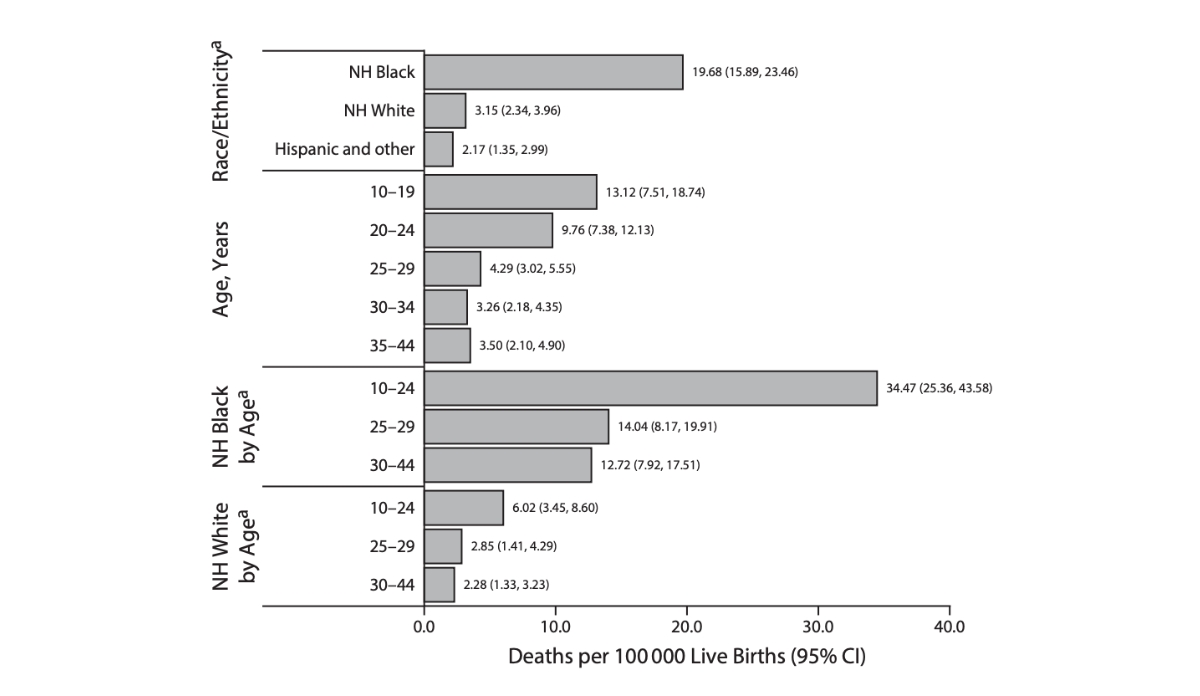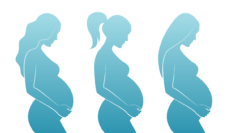A 2016-2017 CDC report confirmed what many women know: violence is part of their lives. Nearly 50% of women have experienced sexual violence, physical violence, or stalking in their lifetimes, most often perpetrated by an intimate partner.
Pregnancy can leave women especially vulnerable to new or worsening violence, with grave outcomes. From 2018-2019, 3.62 pregnancy-related homicides occurred per 100,000 live births, compared to 3.12 homicides per 100,000 population for non-pregnant, non-postpartum women. This makes homicide a leading cause of death among pregnant women.
COVID-19 amplified the issue. A 2021 United Nations report described worldwide increases in violence against women as a “shadow pandemic” occurring within the COVID-19 pandemic. Even as support services transitioned to remote platforms, victims were unable to connect to needed resources. Experts and advocates raised the alarm early, hypothesizing that violence would increase as lockdown orders trapped women in their homes with their abusers.
To understand how COVID-19 impacted pregnant women, Maeve E. Wallace examined 2020 mortality data from the National Center for Health Statistics.
She identified women whose manner of death was listed as homicide or assault and who were pregnant or recently postpartum (within 1 year of the end of pregnancy) at the time of death. She compared homicide rates among these women with homicide rates among non-pregnant, non-postpartum women of the same age.
For non-pregnant, non-postpartum women, the homicide rate in 2020 was 3.87 deaths per 100,000 population, compared to 3.12 in the years before COVID-19. The pregnancy-related homicide rate increased steeply, from 3.30 and 3.95 in 2018-2019 to 5.23 deaths per 100,000 live births in 2020.
Black women were killed at higher rates than women who identified as White or Hispanic/other, and younger women were killed at higher rates. Half of all victims were under the age of 24 and Black. Most homicides involved a firearm (81%) and occurred within the home (55%), supporting previous research that homicide rates stem partly from intimate partner violence.
Many other societal factors might influence these trends, but COVID-19 made a horrendous, persistent problem even worse. Reversing these pandemic trends is critical, as is developing appropriate interventions for pregnant and non-pregnant women alike, who too often live at risk of fatal violence.
Databyte via Maeve E. Wallace. Trends in Pregnancy-Associated Homicide, United States, 2020. American Journal of Public Health, 2022.














